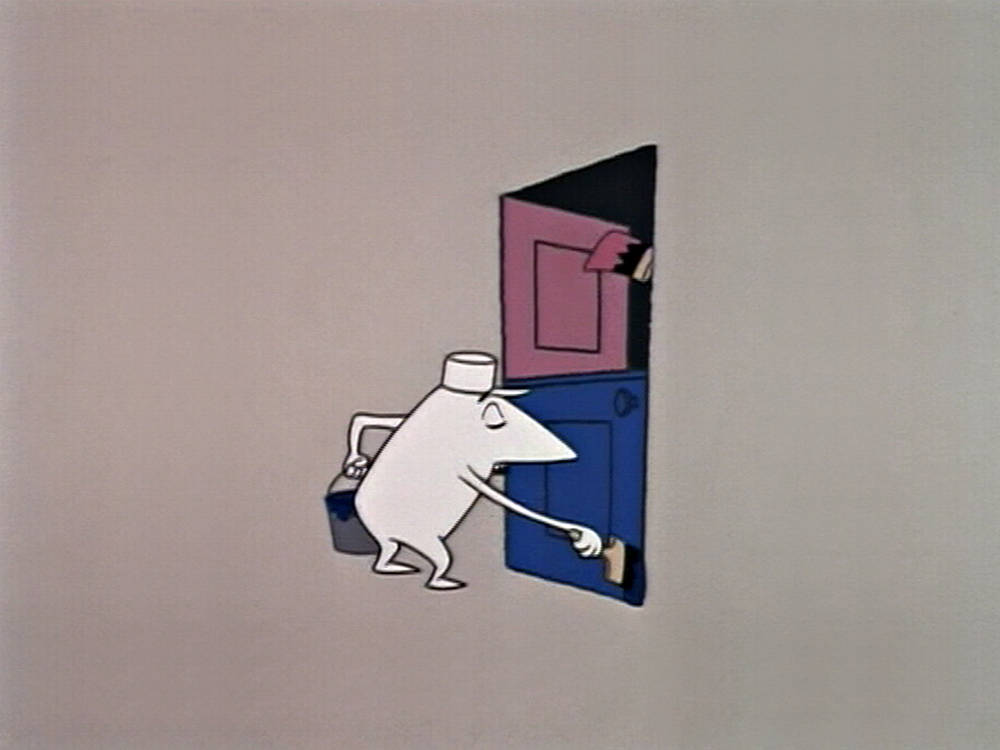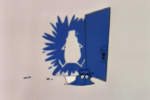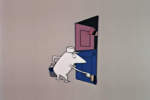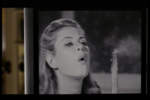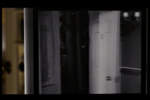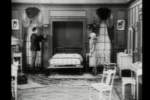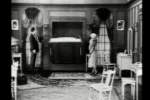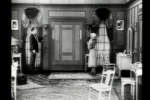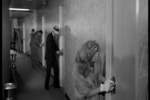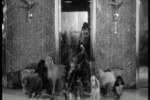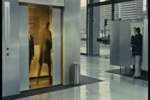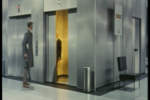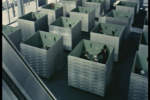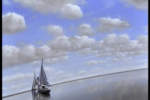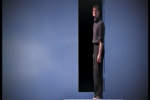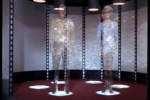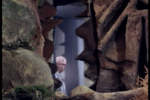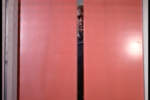“One always thinks that a film-maker deals with images, but my work is more similar to that of a sculptor, because I am dealing with time and a movie is like a building: in the final analysis I must, just like an architect, build a structure in order to put people inside it”*.... But when it is a matter of working with found footage, when you use several movies at the same time, then you can build a city! The new movie created with pieces from other movies is based on the law of pseudo-continuity, where images and sounds are connected even if they no longer follow a script but chains of formal plays, choreographic improvisations and linguistic acrobatics… there is no script, plot or motif in the beginning, only research and brainstorming, it is the phase when everything is possible, and this is why it is forbidden to forbid. Observe the materials carefully, and as soon as you see the objet trouvé, you catalogue it. When you have chosen different fragments, you begin to put them together and gradually different systemic orders (themes, similar gestures, etc.) will surface. Then you unite everything in a sequence, and it’s done… The strategies naturally vary among the different “handymen”: With his Mechanic ‘ballet’ Ferdinand Léger suggested a completely unpredictable method: he cut various movies apart, gathered them in a bag and then emptied the pieces onto a table and united them in the sequence in which they appeared; another method with iron-clad rules!... Movies never die, indeed, they are reborn in the mediascape and rather than universal memory, they turn into permanent and suspended images, while the verbal text becomes, like certain short but wise remarks, like a tome of philosophy. And hence another magic word: synthesis… Wipe (small curtain) in movies is a kind of transition very similar to the opening and closing of sliding doors. It could move from right to left and/or in the opposite direction and/or from both sides towards the centre. It usually marks an ellipse in time and it was much used in the period of classical cinema as the end of a chapter… Once a plate is broken you can never put it back together again perfectly, but you can make a pretty mosaic (A.Pelechian)... you will see my last mosaic at the exhibition “Ouverture” in Milan.
*Taken from: wenders goes to the city, Neapolitan notes by Stella Cervasio
Dimitris Kozaris (Athens Greece in 1960) lives and work in Milan. Visual Artist, video maker and professor of audiovisual media in several schools of Fine Arts abroad. 1996-99 Docent of Media Arts in Accademia di Belle Arti in Bergamo. 1998-2000 coordinator e docent of video Lab, in Master in Digital Arts ASFA in Athens Greece 2000 Stedelijk Museum voor Actuele Kunst in Gent, Kunstverein München, National Musem of Contemporay Art, Athens. Since 2001 Docent of Media Arts
in various Accademie di Belle Arti in Italy.


